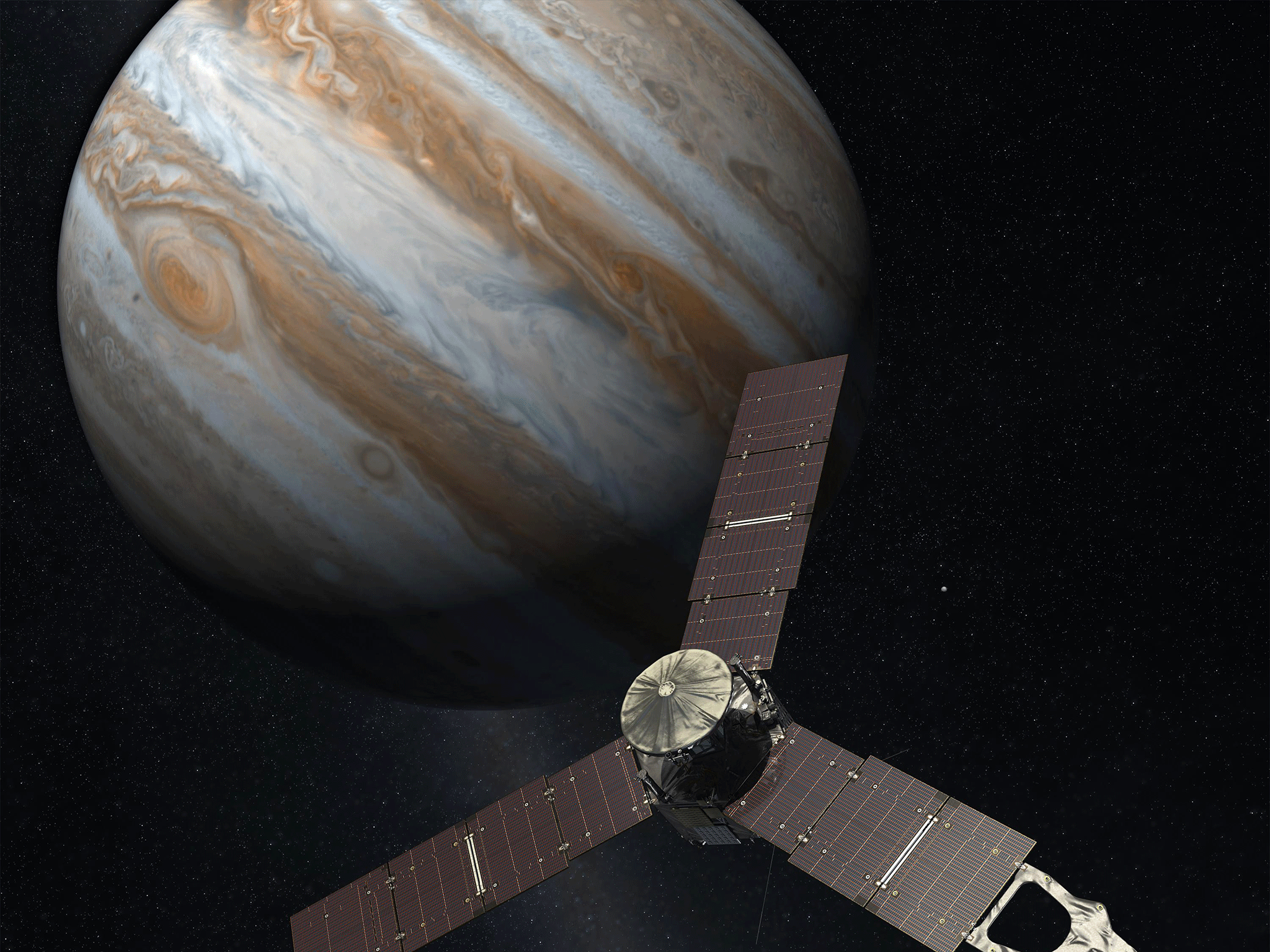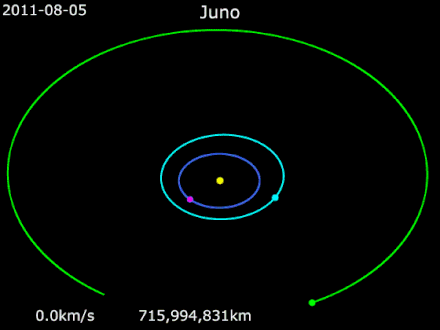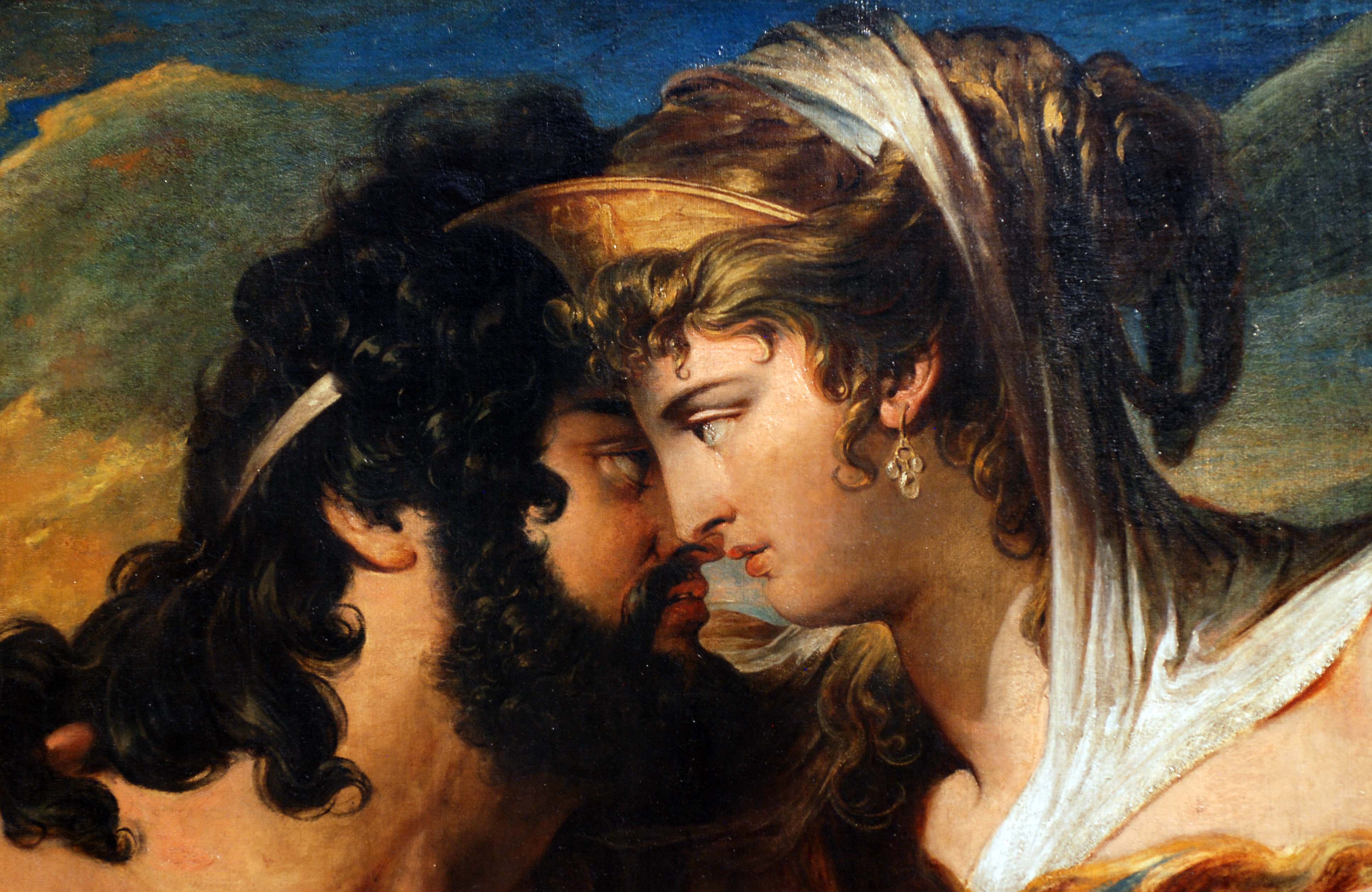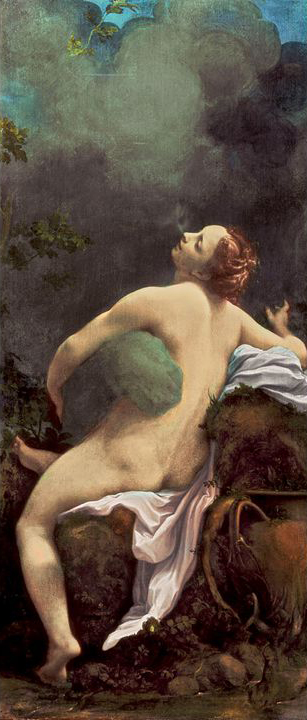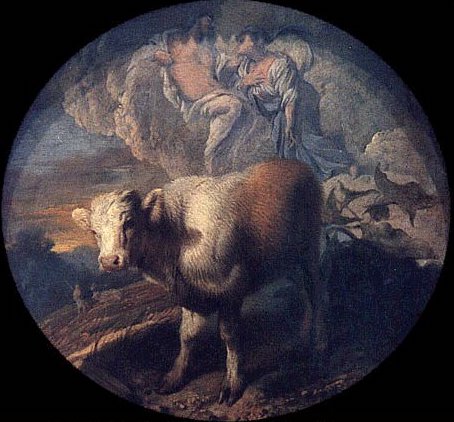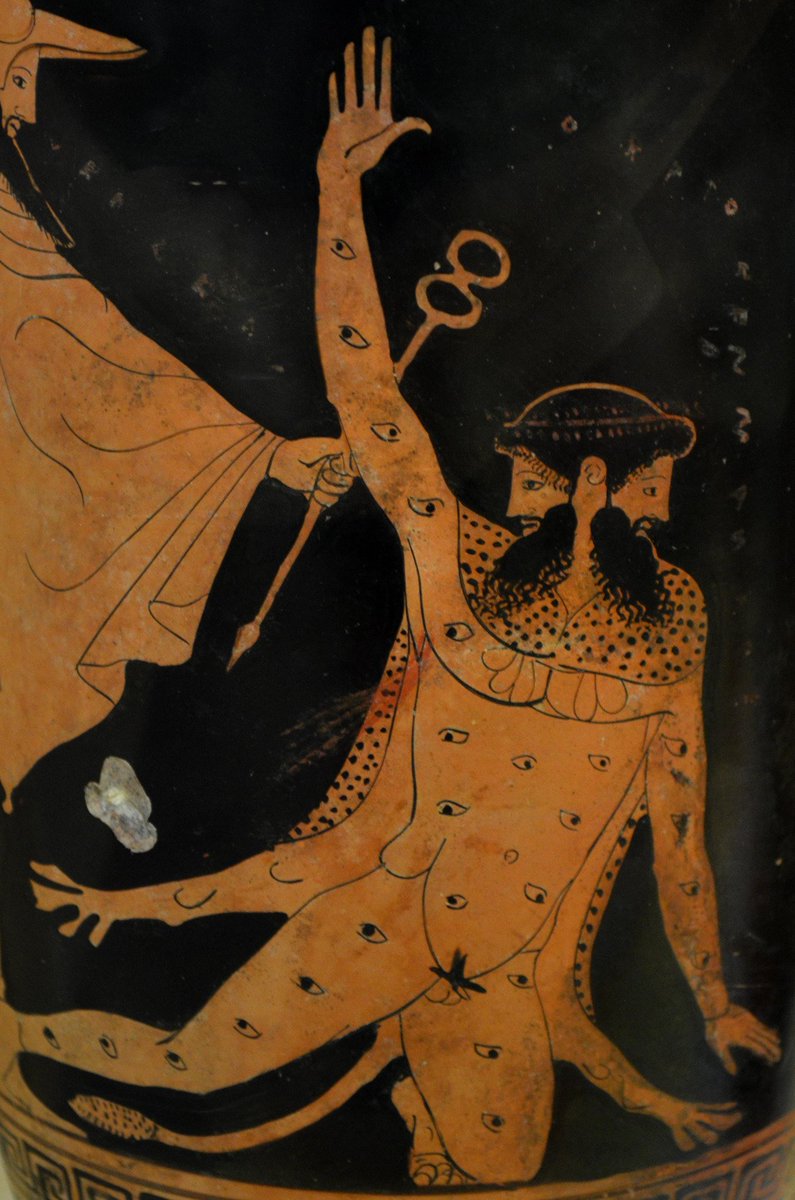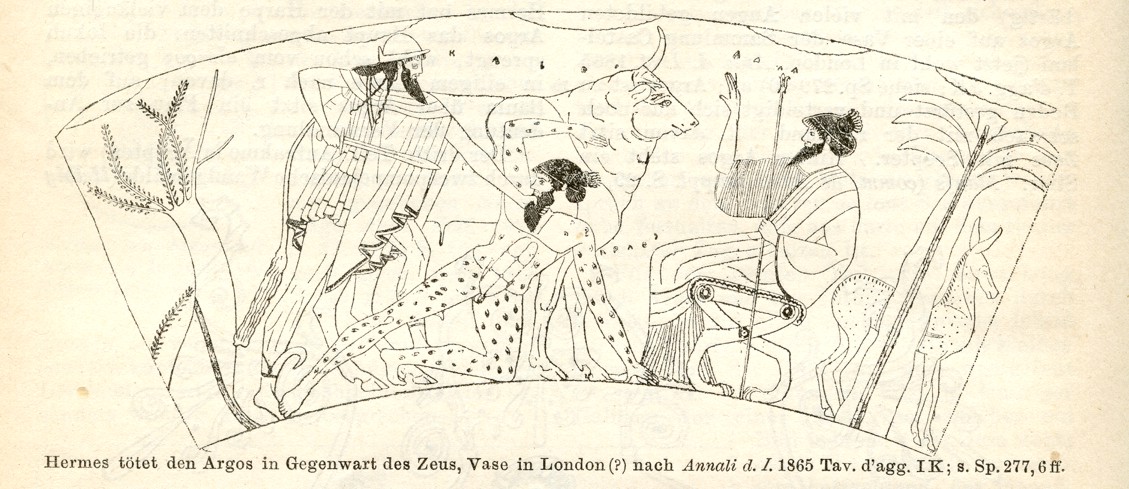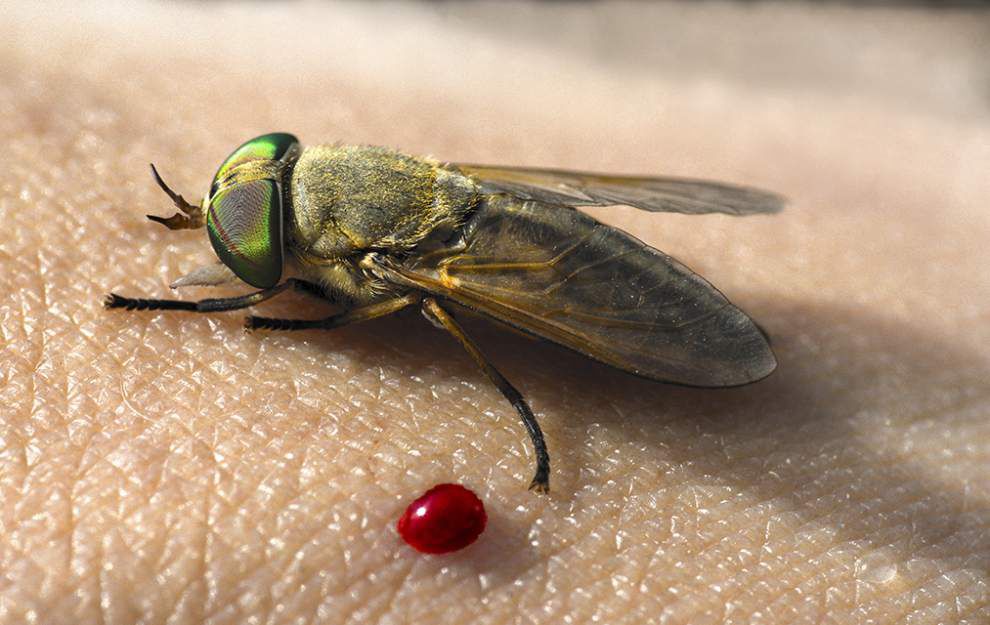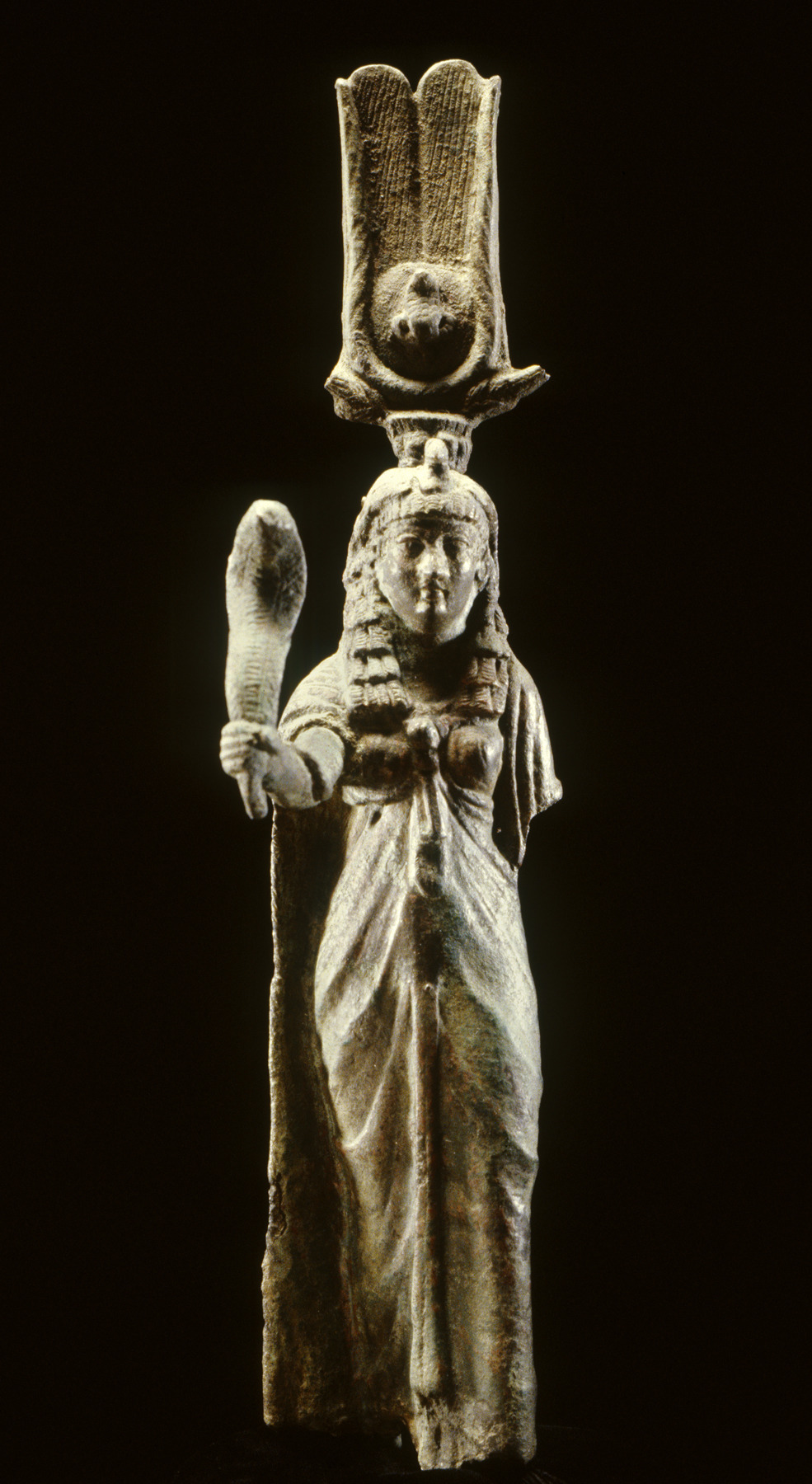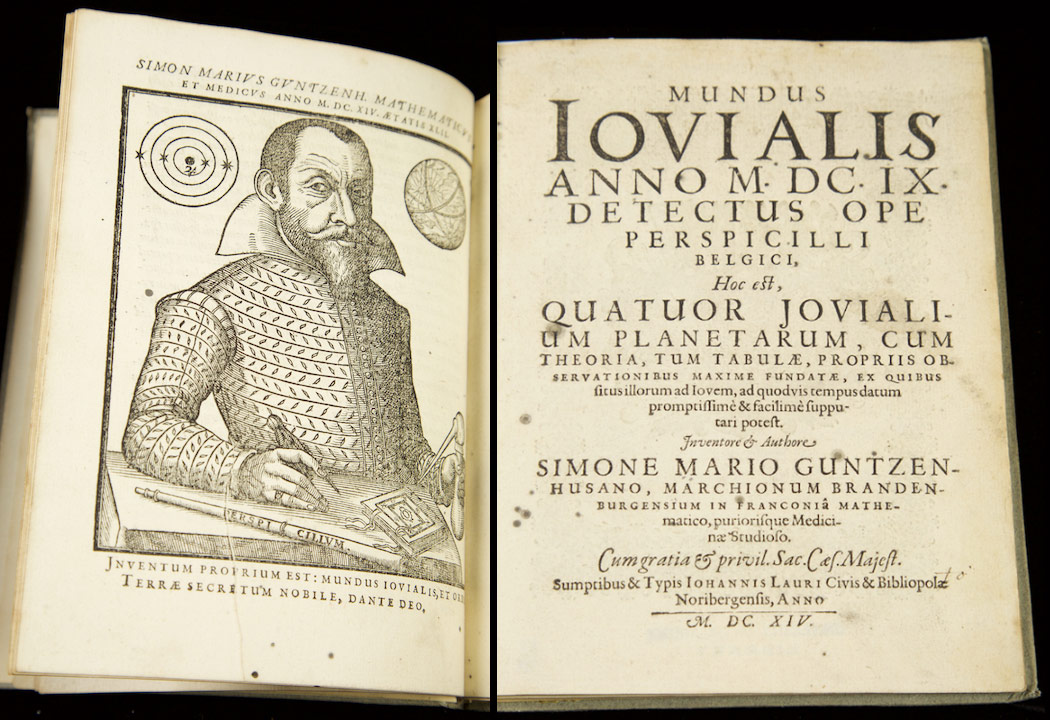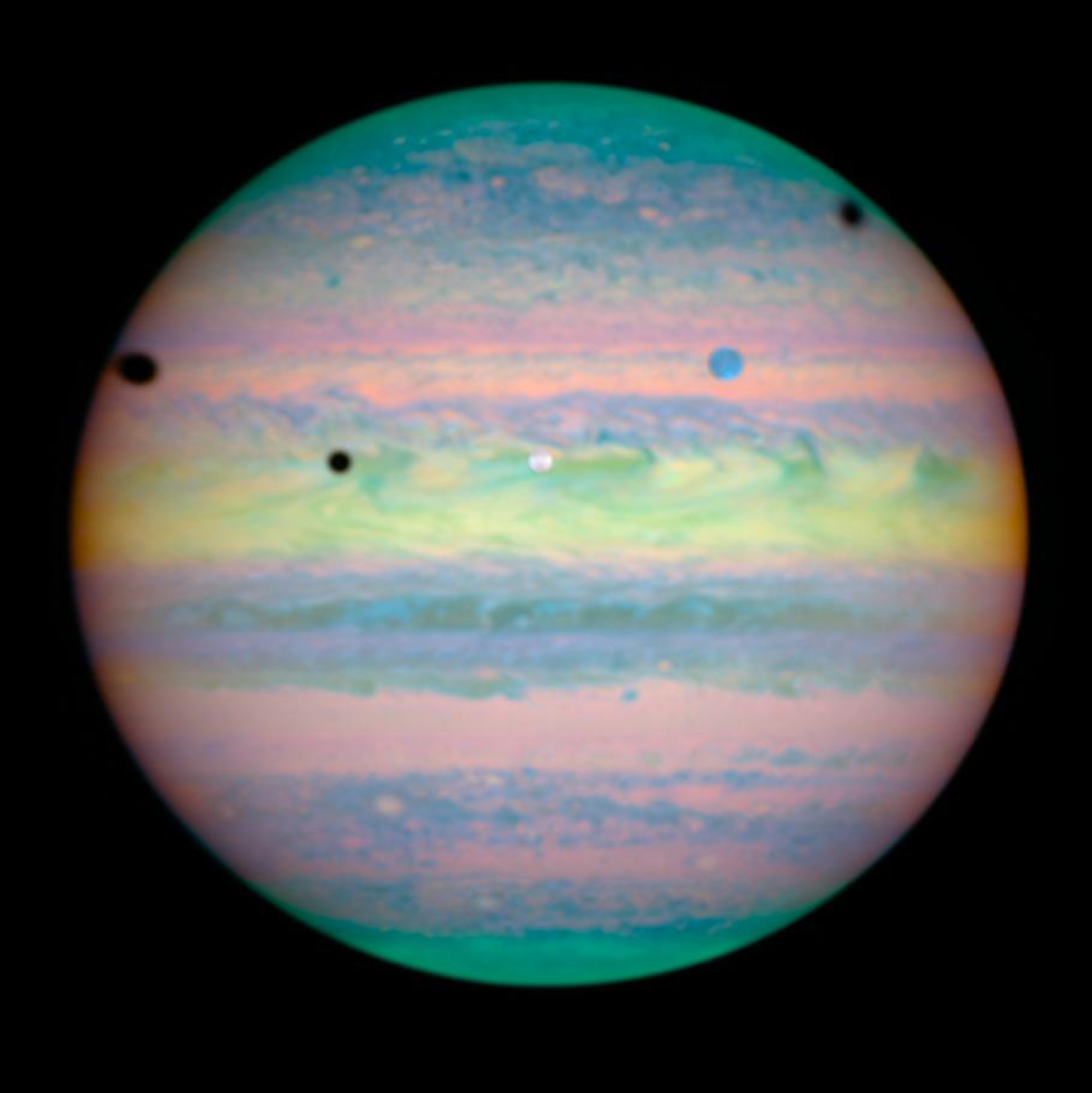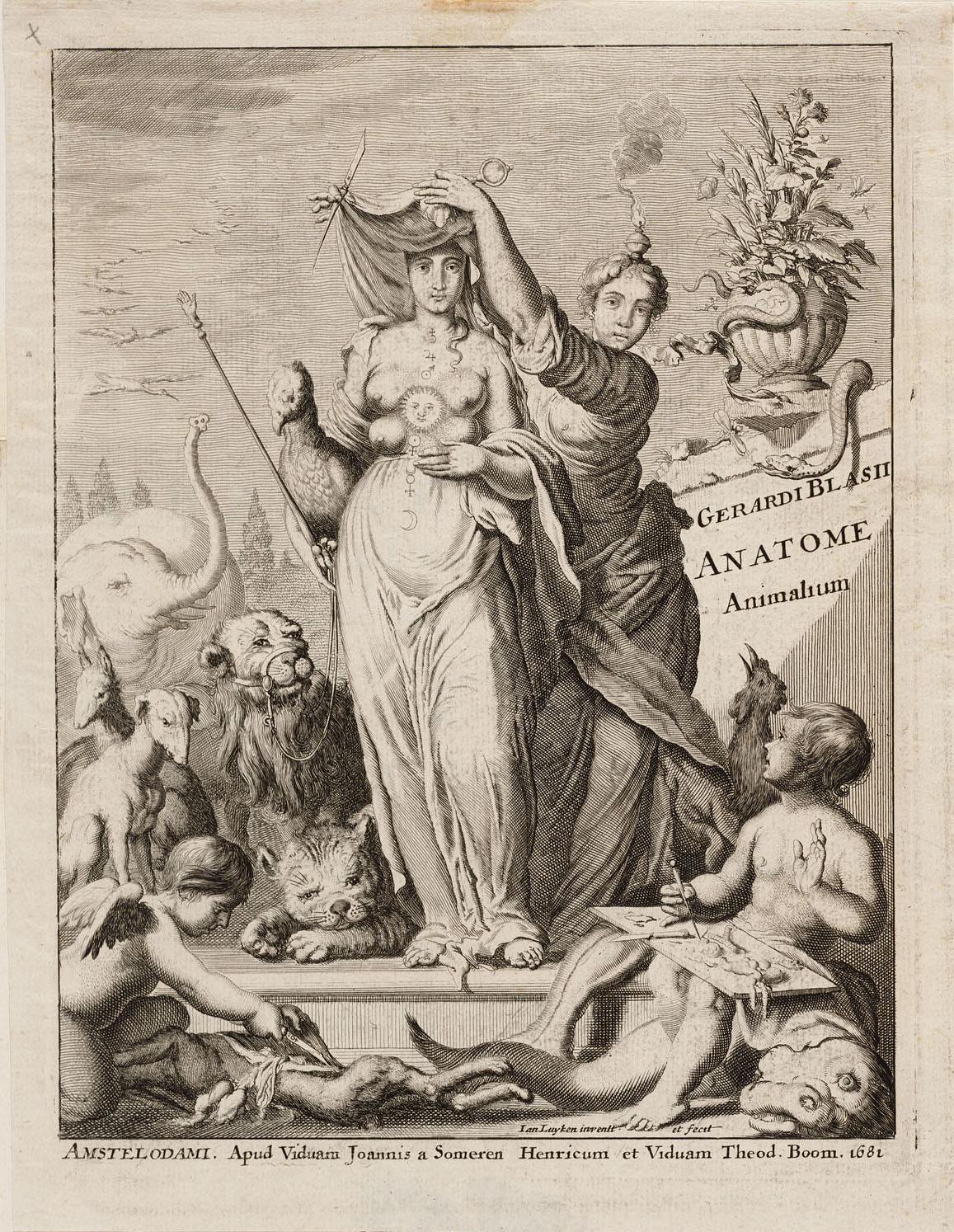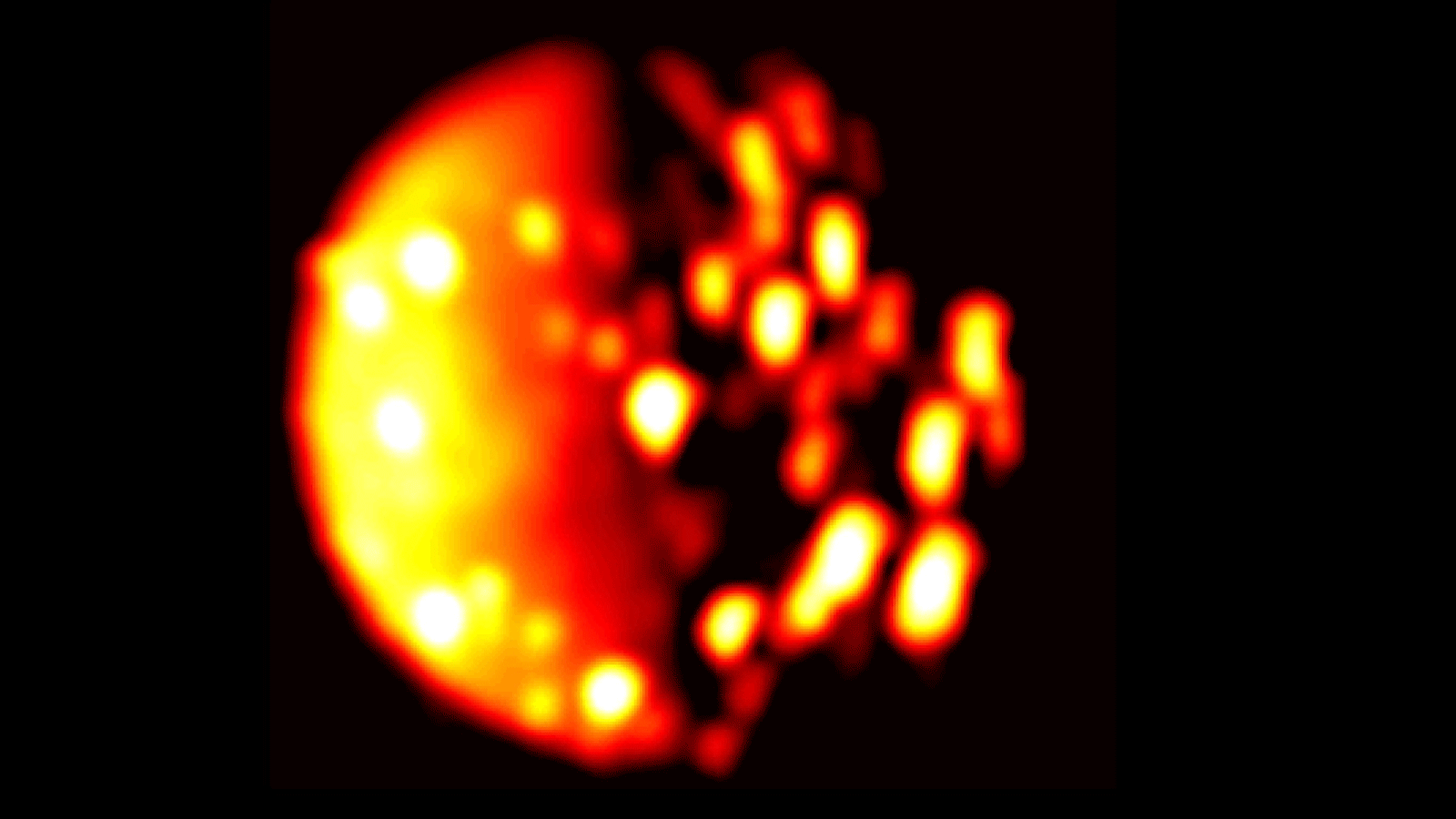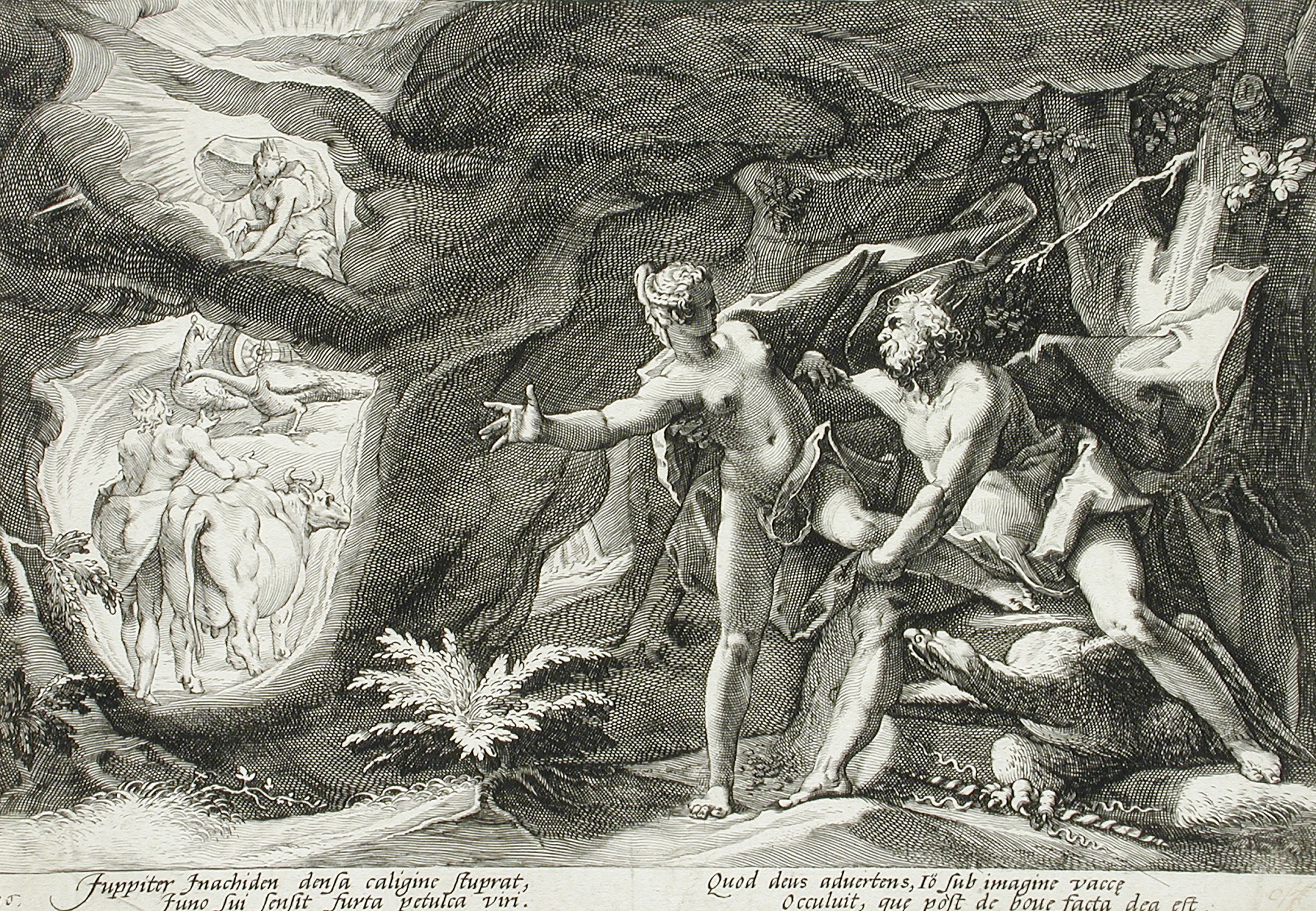Jovian Worlds
On July 5 2016,
Juno
arrived at Jupiter after traveling 2.8 billion kilometres across the Milky Way. Fitted with advanced custom-made cameras and specialised measuring devices developed by the world’s foremost researchers, the satellite’s mission was to uncover as many of Jupiter’s secrets as possible: His strong gravitational field, his intense
auroras
, his cloud being.
A
NASA
compilation of mission names refers to the Juno mission by the acronym Jupiter Near-polar Orbiter.
1 However, since its launch in 2011, the project itself has consistently emphasised the name’s mythological association to the Greco-Roman goddess Juno, Jupiter’s wife,
2 whose jealous character is appropriately close to the inquisitive nature of the space probe. NASA’s Juno mission website states that “[i]n Greek and Roman mythology, Jupiter drew a veil of clouds around himself to hide his mischief. It was Jupiter's wife, the goddess Juno, who was able to
peer
through the clouds and reveal Jupiter's true nature. The Juno spacecraft will also look beneath the clouds to see what the planet is up to[.]”
3
The image of cloud-veiled Jupiter is drawn from the
Io-myth
, which also inspired the naming of Jupiter’s innermost moon, Io—a volcanic world in constant eruption. The myth starts with the river god Inăchus crying over his daughter Io, who is missing:
Jupiter had seen her walking along her father’s river and immediately started lusting for her. So he ventured out to seduce her by talking to her in dreams. When she kept resisting his attempts, he finally forced Inăchus to dispel her from his home. Disguised as a cloud, Jupiter raped Io when she was passing through the meadows of Lerna. From her position on Mount Olympus, Juno saw the heavy amassment of clouds over the Mediterranean and instantly knew that it was her husband who was up to no good, so she came down to confront him. Seeing her coming, however, Jupiter transformed Io into a white
heifer
to hide her from his wife, but Juno saw through the deceit and demanded the cow as a present. Jupiter could do nothing but comply and give her to Juno. To prevent Jupiter from visiting Io anew, Juno placed the cow under the watch of
Argus Pantoptes
, the god with many eyes. In an attempt to liberate Io from his wife’s dominion, Jupiter sent Mercury with his sword, his syrinx,
4 and caduceus
5 to
kill
Argus. Mercury succeeded, but as soon as Juno learned what had happened, she became mad with jealousy and sent a
gadfly
to bite Io every time she stopped to rest. As such, Io was sent roaming the Earth restlessly and in pain. Eventually, she passed from Europe to Asia via the Bosporus
6 strait (which was named after her), and finally arrived in Egypt where Jupiter took pity and redeemed her with his touch. In the same instant, she gave birth to a child, the touch-born Epaphos, and regained her maiden form. Horns however remained on her forehead, and Io was thereby fused—at narrative and cultic levels, practically and mythologically—with the Egyptian fertility and mother goddess
Isis
.
Understanding the gadfly’s bites as the pain of recurring labour contractions, and Io’s transformations as a reflection of the phases women go through in childbirth, the Io-myth and Io’s eventual liberation as Isis
7 can be understood as a mythological consolation to birthing women. And zooming out—de-essentializing her particular pain—it stands as a consolation to all sufferers that this too will end. Nothing is forever.
Naming Curse
NASA’s naming the space probe after Jupiter’s jealous consort and Io’s nemesis, Juno, is consistent with present-day patriarchal norms pitting women against each other to make us complicit in sustaining the power structures of our own oppression. Undoubtedly Juno and Io would both have been better off confronting Jupiter instead of each other. Yet rather than accepting patriarchy as an essential given, a closer look reveals particular circumstances around the naming of Io-the-moon, and the way it has come to signify retroactively for mythological Io and the many human and nonhuman beings whose manifold hardships find representation in her liminal character.
Although making his discoveries during the same January days in 1610 as Galileo Galilei, German astronomer Simon Marius did not publish his
records
of discovering Jupiter’s four largest moons until 1614.
8 This caused Galileo to accuse Marius of plagiarism when his
Mundus Iovialis was finally released, which for centuries compromised Marius’ reputation until he was finally vindicated in 1907 by a Dutch jury confirming that he had made his discoveries independently of Galileo. Regardless of this dispute, Marius’ names have been the ones used by posterity to assign the moons, not Galileo’s. In his own words, from
Mundus Iovialis, Marius named the moons after “
Io, Europa, the boy Ganymede, and Callisto
, who greatly pleased lustful Jupiter.”
9 The question is, however, what it means to tie these four victims of Jupiter’s insatiable lust, of whom Io is my main focus and protagonist here, to their assailant on an astronomical time scale?
Galileo and Marius made their discoveries in a period marked by what could be called constitutional misogyny, the Central European witch-hunts reaching their peaks between 1580 and 1630, according to Silvia Federici.
10 As Federici shows, that this period would mark the birth of the scientific revolution pretending to deliver humanity from the superstitions of the Dark Ages was immediately bad news for women, who—at best—came to rank among the
'natural phenomena'
for science to unveil and, supposedly, disenchant.
11
Those in power had strong tools at their disposal to facilitate this shift. While seemingly soft, naming can be seen as one such tool. Referencing Bronislaw Malinowski’s work on the Trobriand Islanders, anthropologist Michael Jackson asserts that “to know the name of a
thing
is to get a hold on it” and that naming entails the “mastery over reality.”
12 Words hold a worlding power
13 and the names we assign determine the trajectory for that which we name. It is no coincidence, then, that spell and spelling share the same etymological root. To be named is to stiffen in a particular rendition of being, and Marius’ naming of Jupiter’s moons functions accordingly: rewinding Isis back to Io and assigning her name to the
hellfire
of an eruptive world that is Io-the-moon may be seen as the symbolic equivalent of the burning stake.
However our capitalist masters decide to harvest—like any
self-absorbed lustful Jupiter
—the sour fruits of female oppression, our bodies remain a battlefield. And while birthing Io is momentarily rendered powerless by pain, Isis was believed to hold magical capabilities by far exceeding any other god in the Roman-Greco-Egyptian pantheon
14—precisely because of the insights she had obtained in the shapeshifting form of Io: capabilities that must be neutralised if to successfully launch a capitalist system likened by Isabelle Stengers and Philippe Pignarre to evil sorcery.
15 A system which, in other words, and as Federici shows,
16 required the quenching of female autonomy and the absolute control over women’s reproductive powers to ensure the steady supply of labour force.
Exit Strategy
With his naming Marius undoes Isis in all her potency—and with her: female authority per se—by maintaining her as Io and thus seemingly disempowering her. And while Isis is all the more attractive and reassuring a role model for female subjectification than burning Io, it is Io whom we are given to work with to possibly aid the eventual delivery of Isis as Isis. But how?
In
Pedagogy of the Oppressed Paulo Freire gives us a clue. He states that “only power that springs from weakness is strong enough” to deliver oppressed and oppressor from the dehumanizing logics of oppression.
17 In this light, it is promising to know that Io holds weakness in abundance, and that, luckily, she is not the only one: like closure, liberation is among the things that no one is able to produce
alone
.
18
|
1
|
NASA: “Mission Acronyms & Definitions” (https://www.nasa.gov/pdf/224264main_AMPM_4-25-08_Acronyms.pdf). Last accessed June 16, 2020.
|
|
2
|
NASA: “Juno Launch. Press kit/August 2011” (https://www.jpl.nasa.gov/news/press_kits/JunoLaunch.pdf). Last accessed June 16, 2020.
|
|
3
|
NASA: “Juno Overview” (https://www.nasa.gov/mission_pages/juno/overview/index.html). Last accessed June 16, 2020.
|
|
4
|
Panpipe
|
|
5
|
Sleep wand
|
|
6
|
The name Bosporus comes from the Greek word Bosporos (Βόσπορος). Its etymology is from bous (βοῦς: ox) and poros (πόρος: means of passing a river, ford, ferry), meaning "oxen passage." The ancient Greeks analyzed it as "ox-ford" or "shallow sea ox passage" and associated it with the myth of Io's travels after Jupiter/Zeus turned her into a heifer. (https://ancientegyptonline.co.uk/isisgod/). Last accessed August 13, 2020.
|
|
7
|
Isis is the epitome of female authority; she who has gained her insight through pain, cf. Jenny Hill: “Goddesses associated with Isis” and “Isis” on Ancient Egypt Online (https://ancientegyptonline.co.uk/isisgod/ and https://ancientegyptonline.co.uk/isis/) Last accessed June 16, 2020. And Raymond Oliver Faulkner: The Ancient Egyptian Pyramid Texts (Oxford: Oxford Clarendon Press, 1969) p. 181, Utterance 506: I am Praise; I am Majesty; I am Bat with Her Two Faces; I am the One Who Is Saved, and I have saved myself from all things evil.
|
|
8
|
Jay M. Pasachoff: Simon Marius's Mundus Iovialis: 400th Anniversary in Galileo's Shadow in Journal for the History of Astronomy 46(2):218-234, June 2015 (https://www.researchgate.net/publication/279283746_Simon_Marius's_Mundus_Iovialis_400th_Anniversary_in_Gal ileo's_Shadow). Last accessed June 16, 2020.
|
|
9
|
Arthur Octavius Prickard and Albert van Helden: “The World of Jupiter, English Translation of Mundus Iovialis” in Simon Marius and His Research. Historical & Cultural Astronomy (Cham: Springer, 2018).
|
|
10
|
Silvia Federici: “The Great Witch-Hunt in Europe” in Caliban and the Witch (Brooklyn: Autonomedia, 2004), p. 166.
|
|
11
|
Pierre Hadot: “Artemis and Isis” in The Veil of Isis, trans. Michael Chase (Cambridge and London: The Belknap Press of Harvard University Press, 2006), p. 239.
|
|
12
|
Bronislaw Malinowski: Coral Gardens and their Magic(Bloomington: Indiana University Press, 1965), p. 233.
|
|
13
|
Helen Palmer and Vicky Hunter: Worlding on newmaterialism.eu (https://newmaterialism.eu/almanac/w/worlding.html). Last accessed June 16, 2020.
|
|
14
|
Jenny Hill: Op.cit.
Last accessed June 16, 2020.
|
|
15
|
Philippe Pignarre and Isabelle Stengers: Capitalist Sorcery—Breaking the Spell, trans. Andrew Goffrey (New York: Palgrave Macmillan, 2011).
|
|
16
|
Silvia Federici: “The Great Witch-Hunt in Europe” in Caliban and the Witch (Brooklyn: Autonomedia, 2004).
|
|
17
|
Paulo Freire: Pedagogy of the Oppressed, trans. Myra Bergman Ramos (London: Penguin Books, 1996), p. 26.
|
|
18
|
Philippe Pignarre and Isabelle Stengers: Op.cit., p. 139.
|
